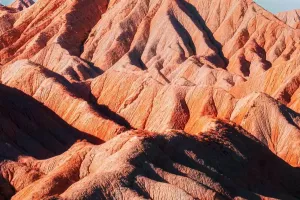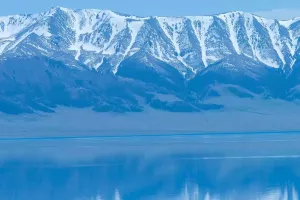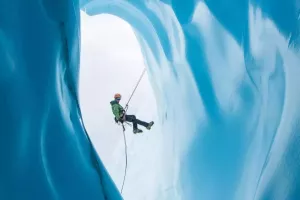Desert, mainly refers to the wasteland where the ground is completely covered with sand, the vegetation is very sparse, the rain is scarce, and the air is dry. In dry and water-deficient areas, plants are sparse. Desert areas are mostly sandy beaches or dunes, often with rocks under the sand.
Some deserts are salt flats, completely devoid of vegetation.
Do you know which are the top five deserts in the world?
1. The Sahara Desert.
Formed about 2.5 million years ago, the Sahara Desert is the largest desert in the world and the largest sandy desert in the world.
Located in northern Africa, it has very harsh climatic conditions and is one of the most inhospitable places on earth for living things.
Soils on the edge of deserts contain more concentrated organic matter. It is sparsely populated, with an average of less than 1 person per square kilometer. Mainly Arabs, followed by Berbers etc.
Residents and agricultural production are mainly distributed in the Nile Valley and oases, and some are mainly nomadic.
2. Arabian desert.
With an area of 2.33 million square kilometers, it is the second largest desert in the world.
The Arabian Desert is located on the eastern edge of the Sahara Desert in North Africa. Located in eastern Egypt, between the Nile Valley, the Suez Canal and the Red Sea.
3. Libyan desert.
Located in the northeastern part of the Sahara Desert. Including central and western Egypt and eastern Libya.
Deserts have rocky plateaus and rocky or sandy plains, and the climate is dry and uninhabitable.
4. Australian desert.
It is the largest desert in Australia and the fourth largest desert in the world. It consists of the Great Sand Desert, the Victoria Desert, the Gibson Desert and the Simpson Desert.
5. The Gobi Desert.
With an area of 1.3 million square kilometers, it is located between China and Mongolia. It is the northernmost desert in the world.
Here, underground springs flow continuously from rocks and sand dunes, and there are many saltwater lakes.
What are the characteristics of deserts?
Soil.
Soils in arid regions are high in minerals and low in organic fertilizers. Repeated water accumulation turned some soils into saline layers.
Plant.
Most desert plants are drought- or salt-tolerant plants. Some store water in roots, stems, and leaves; others have huge rhizome systems that reach groundwater layers, blocking soils and preventing erosion; some have larger stems and leaves that reduce wind speeds and protect sandy soils.
Water source.
Although the interior of the desert receives less rainfall, the desert is usually dominated by rivers from nearby high mountains.
Animal.
There are very few animals, and in desert areas, most animals have the same color as the sand.
In the desert, there are also many extreme activities.


